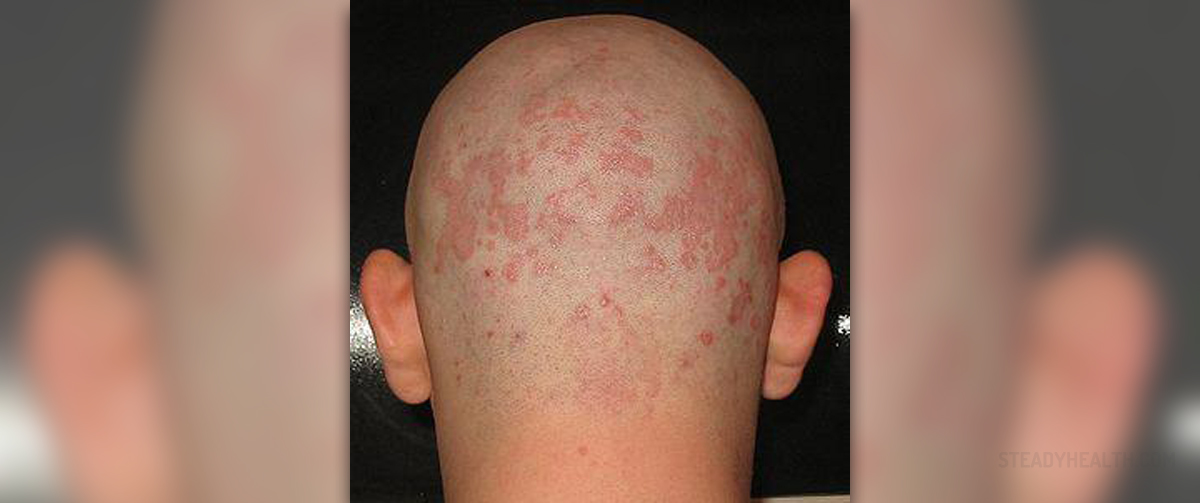
Seborrheic dermatitis is a form of dermatitis that usually affects the scalp, causing itching and dandruff. It is a common condition, not considered serious or dangerous, but it still causes a lot of frustration and social embarrassment.
Symptoms of seborrheic dermatitis
Even though it usually appears on the scalp, seborrheic dermatitis can also affect the face, upper chest, the back and other parts of the body where the skin is particularly oily. It can be seen in oily skin folds, in the eyebrows or between the eyebrows, on the forehead, around the nose, on the chin, in the groin area, even in the armpits.
The common symptoms and signs of seborrheic dermatitis include patches of scaly, crusty or rough skin, yellowish or white scales attached to the hair shaft, red and oily skin, itching, soreness and dandruff on the hair and shoulders.
The symptoms are not necessarily constant or chronic. they can come and go in bouts, but they usually come back until the condition is cured.
Treatment and remedies for seborrheic dermatitis
There are special shampoos containing active ingredients that fight the causes of seborrheic dermatitis. Anti-dandruff shampoos usually contain selenium sulfide, tar, salicylic acid, ketoconazole or pyrithione zinc. The shampoos must be used for a while before they start showing results.
In some cases, if the cause of seborrheic dermatitis is identified as fungal, the doctor may prescribe anti-fungal shampoos, lotions and ointments.
Itching can be relieved by using over-the-counter Hydrocortisone creams or ointments. They will not cure seborrheic dermatitis but they will make the symptoms more tolerable. If possible, the affected area should be covered with a clean bandage.
It is recommended to avoid using harsh shampoos and soaps, as well as perfumes, dyes and other chemical products.
If the dermatitis is on the areas of the skin other than the scalp, it helps to wear loose clothes made of natural, breathable materials, such as organic cotton. The fabric should be smooth and non-irritating.
Men who have seborrheic dermatitis on the cheeks or the chin should shave off the beard or the mustache until the condition clears.
As itchy as dermatitis can be, it must not be scratched. Scratching damages the skin, causes small tears and openings and increases the risk of infection. Some of the signs of infection include pain, warm or hot skin, clear, white or yellowish discharge and blood. If any of these signs appear, it is recommended to see a doctor.







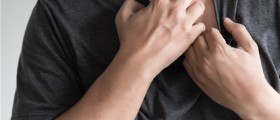
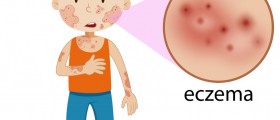

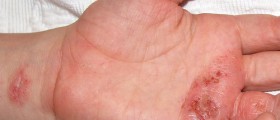
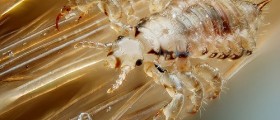
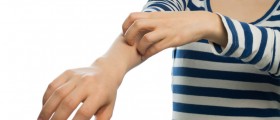




Your thoughts on this
Loading...